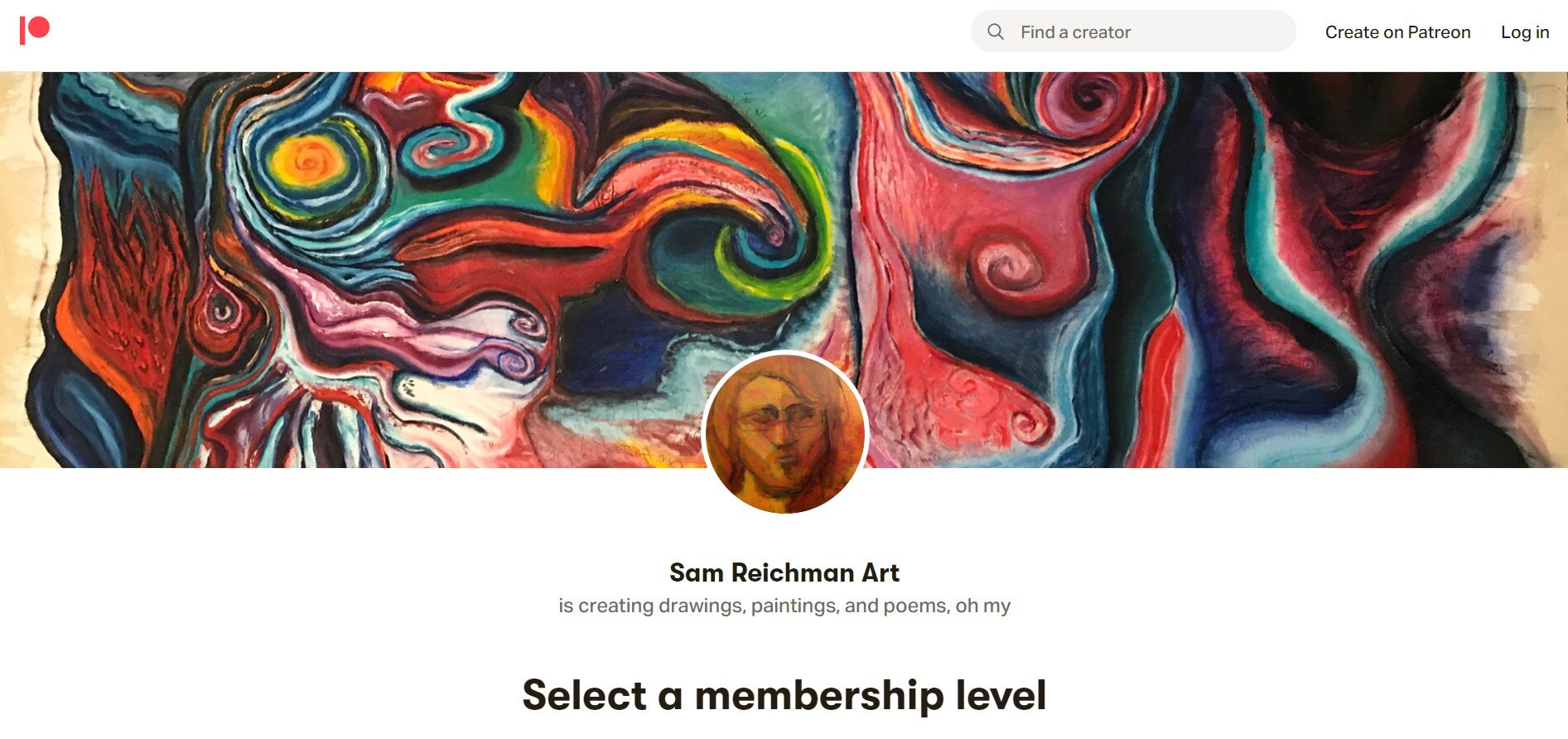Hi everyone, welcome back to the blog! This week, I’ve got some exciting announcements and some more work on the Milton project. First, I’m happy to announce that I’m now on Patreon! You can support at a variety of levels to get access to exclusive process photos and time-lapse videos, sneak peaks of upcoming performances, lessons and critiques, and all kinds of visual art products. Check it out, and thanks in advance to any and all supporters!
As usual, you can also find the full range of products and services I’m offering on the Shop & Learn section of the website. As of now, I’m selling originals and prints and offering private lessons, in addition to the goodies available on Patreon. I’ll be selling NFTs soon, too — more on that at the end of this post.
I’m also excited to share that I’m taking part in dancer Mei Yamanaka’s upcoming video project, “Naked Tree.” Mei’s collaborating with 15 different sound artists for the project, and I’m so happy to be one of them! I’ll be doing a short intro to our collaboration on May 9, so stay tuned for updates there! You can also get a sneak peak of the video on Patreon.
From Mei Yamanaka’s upcoming video project, “Naked Tree”
I’ve also got some exciting updates on the Milton project. I’ve been thinking more about illustrating angels, fallen and unfallen alike, from the front, as I’ve mostly been focusing on the back view til now. First up: wings.
Blue heron wings (above), angel wings with torso (below), front view, pen and ink
As with the back view, I started off by doing a study of blue heron wings, then distorted them and added the torso for the angelic version. I’ve included the back view below for comparison:
Blue heron wings (above), angel wings with torso (below), front view, pen and ink
I also worked up a Procreate study of Satan’s head. As I shared in my last post, I think the distorted anatomy study I drew is a little too alien to be anything but a very fallen Satan. Here’s a refresher of what that looked like:
Distorted anatomy study, muscles of the head and neck, pen and ink
Since I’m thinking of this as Satan at his most fallen, I got pretty wild with the colors and textures on Procreate. I also played around a lot more with layers this time, so be warned: the process video is kind of a light show.
Satan’s head, front view, Procreate
I’m happy to share that I’m turning this study into my first NFT! For anyone who isn’t familiar with NFTs, or non-fungible tokens, they’re essentially a way to create a one-of-a-kind digital copy of a piece of artwork that can be bought and sold with cryptocurrency. It’s a rapidly developing market, and I’m excited to dive into it! You can find the Satan head NFT by clicking here. Bidding starts Thursday at 5PM EST — hope you stop by and check it out!
That’s it for this week. Thanks for tuning in! Have a great week and keep creating.




















































